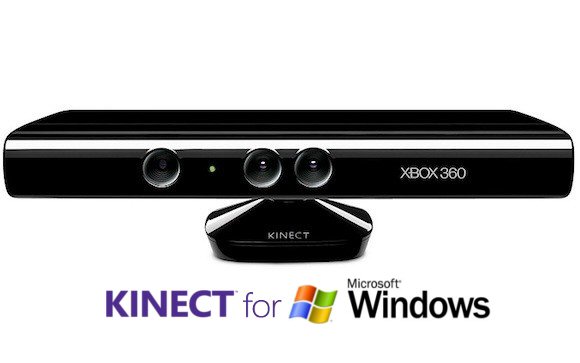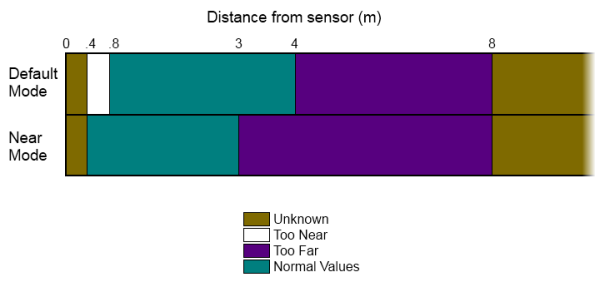The Daily claims it has seen two prototype ASUS Windows 8 laptops with integrated Kinect technology. Though there are no pictures to accompany the revelation, the website claims that the “ASUS netbooks running Windows 8 feature an array of small sensors stretching over the top of the screen where the webcam would normally be. At the bottom of the display is a set of what appear to be LEDs.” It claims that Microsoft has confirmed that the Kinect-enabled laptops are legit.
The first thing that springs to mind is: why would we want to wave our hands in front of a laptop screen when there’s a perfectly good keyboard that we've been gaming on and using to navigate our applications for many years? Well, Microsoft is still being cagey about its long-term plans for Kinect so we're still not entirely sure how the technology is going to improve our experience, but it has said - in reference to the Windows-based desktop experience - that its plans are "mind-blowing."

Indeed, the Kinect hardware and accompanying software is available from today for Windows PC allowing companies to integrate the technology and change the way we interact with our computers. One of the upcoming features that has been mentioned is how Kinect could change how we log onto our computers by using its voice and facial recognition capabilities for added security.
“We are building the Kinect for Windows platform in a way that will allow other companies to integrate Kinect into their offerings and we have invested in an approach that allows them to develop in ways that are dependable and scalable,” said Microsoft during its keynote speech at CES last month.
One of the ways in which companies will be able to create a intuitive interaction between user and computer is through a new Kinect feature called “Near Mode,” a new “close up” application that Microsoft says will take it beyond the living-room scenarios of Kinect on Xbox 360. Microsoft has mentioned that Kinect will be able to enhance how data is captured and accessed within intelligent systems across manufacturing, retail, and many more industries.

"We're already working with over 200 companies on unique Kinect for Windows applications, including American Express, Mattel, Telefonica, Toyota and the United Health Group," confirmed Microsoft chief executive Steve Ballmer.
All of this, it seems, is still a long way off, though the reveal of Windows 8 later this year is undoubtedly going to tell us more about its long-term potential. As far as the prototype ASUS laptops go, sources suggest that an integrated Kinect device is extremely power-hungry on laptop batteries and needs further testing before its incorporated fully into the hardware; though it is believed that ASUS may well be one of the first to launch such a product.
Kinect’s hardware is certainly impressive, but so far game developers on Xbox 360 haven’t fully taken advantage of it, delivering a range of kid-friendly games that do little to harness its potential. An Xbox dashboard update in December has shown a glimpse of its potential, adding further functionality that allows users to navigate the interface with voice control, which has also paved the way for interaction between the console and Windows Phones via its Metro-inspired interface.
Nonetheless, we're still skeptical as to whether Kinect is going to take-off on Windows PC and really improve the experience. Though we have Kinect in our living-room, we still prefer to use our usual input method for navigating the Xbox 360 dashboard and we can't seriously imagine giving up our mouse and keyboard too easily either. Maybe we’re just stuck in our ways and Kinect really does have the potential to "blow our minds?"













